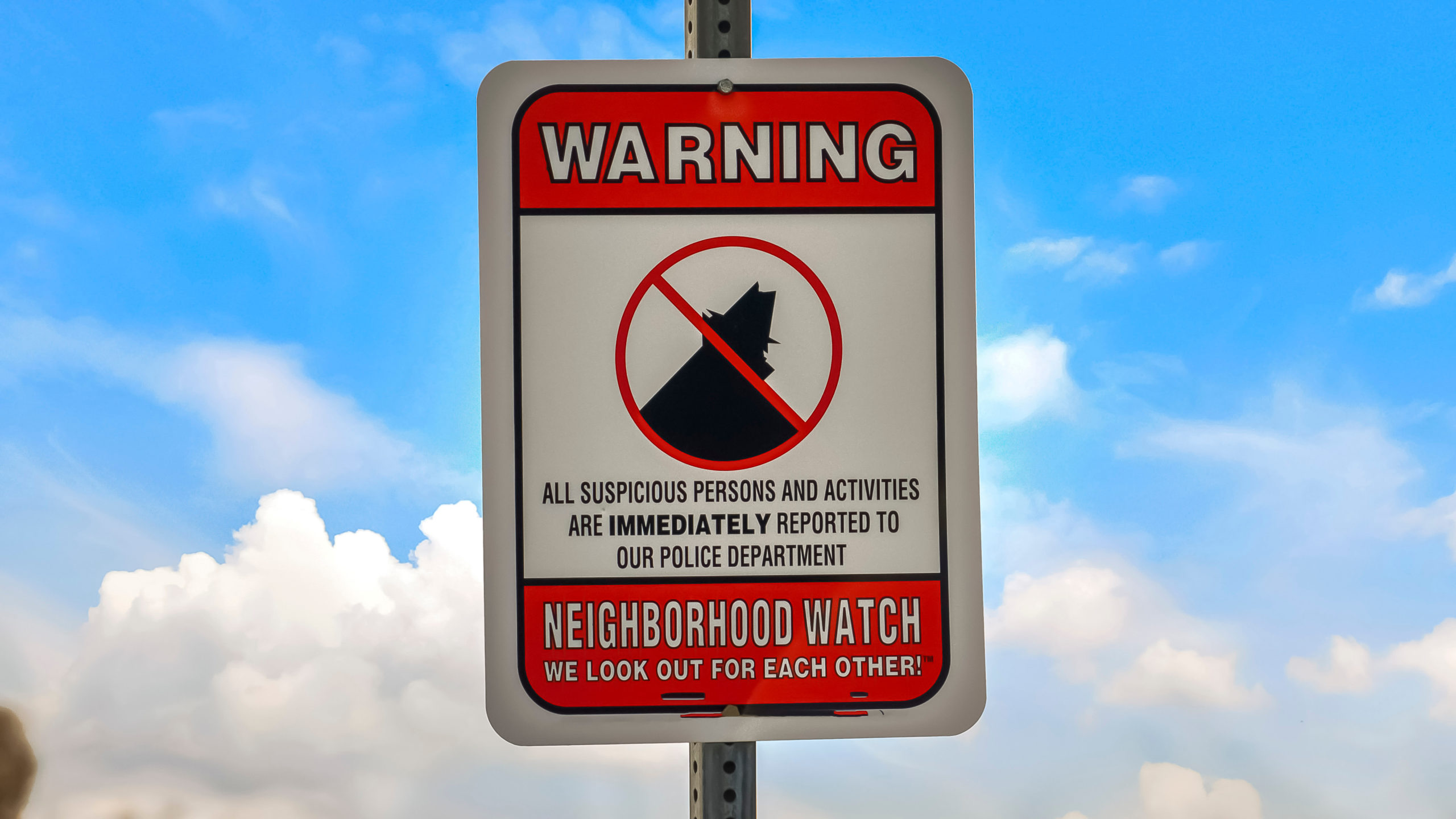
When private citizens disrupt a criminal event or avert a potentially dangerous situation, they are termed guardians, and the concept of guardianship forms the foundation of various crime-prevention strategies. Although guardianship has been examined by researchers, few studies have considered how guardians make judgments and decisions that are critical to preventing crimes.
In a new study, researchers probed the theoretical underpinnings of individual-level decision making by potential guardians. The study sought to determine what young people would do after watching a video depicting sexual harassment. Researchers identified a complex decision-making process in which individuals weighed prosocial motivations and emotional reactions against perceptions of danger when deciding what to do.
The study was conducted by researchers at Carnegie Mellon University; the Max Planck Institute for the Study of Crime, Security and Law; Sam Houston State University; Leiden University; the University of Zurich; and the University of Cambridge. It is published in Criminology.
“Many studies have explored the actions that are required for guardianship to be effective in preventing or disrupting crime,” explains Daniel Nagin, professor of public policy and statistics at Carnegie Mellon’s Heinz College, who coauthored the study. “We wanted to know why and under what circumstances individuals choose to act as guardians.”
Intervention decisions are rarely binary (i.e., yes-no), but rather span a spectrum of possible actions and inactions. For example, an individual who witnesses a possible crime might opt to walk away, keep watch, seek external assistance (e.g., call the police), or intervene verbally or physically. Past studies have focused on the contextual determinants of bystanders’ intervention (e.g., the seriousness of the emergency, the gender of the victim and perpetrator, the interpersonal relationships of those involved).
In this study, researchers asked more than 1,000 20- to 24-year-olds (who were part of the longitudinal Zurich Project on Social Development from Childhood to Adulthood, or z-proso) to assess a 70-second video depicting a woman being sexually harassed in a bar. The study examined participants’ willingness to engage in different intervention options as a function of their prosocial attitudes, safety considerations, socio-emotional motivations, and moral considerations.
Potential guardians engaged in multi-faceted decision-making processes regarding not only whether to intervene on behalf of a person in trouble but also how to do so. Two principal mechanisms motivating intervention were prosociality and the subjective experience of anger, the latter being the strongest correlate in three out of four models. In this way, prosociality and altruistic tendencies seemed to set the stage for reactive guardianship and intervention, whereas emotive drive states such as anger toward the situation further compelled participants to take direct action, regardless of potential consequences.
Although prosociality and anger were associated with the willingness to help, several decision inputs seemed to further motivate specific forms of intervention. Individuals who witnessed or been involved with similar situations in the past were more willing to take direct action, either verbally or physically.
Similarly, two safety considerations emerged as motivators for direct intervention. As participants increasingly perceived that others in the bar would help the woman, they became increasingly likely to directly intervene as well, especially using verbal methods. This suggests that the idea of safety in numbers lessened safety concerns associated with intervention.
Balanced against these motivations for helping were specific cost-related inputs. Individuals who were tolerant of violence were more likely to wait and see what happened before acting, if they ever decided to act at all. In this way, people characterized by the tendency to morally disengage or “neutralize” when making decisions related to violent situations and behaviors seemed less affected by the violence in the video and were therefore less motivated to provide immediate assistance.
The most consistent and pronounced finding was the deterrent effect on direct intervention of participants’ concerns about safety: The study found that the anticipation of danger outweighed all other considerations.
“In our examination of whether and how would-be guardians decide to intervene, participants weighed prosocial motivations and emotional reactions against perceptions of danger when deciding on a specific course of action,” says Timothy C. Barnum, research affiliate in criminology at the Max Planck Institute for the Study of Crime, Security and Law and assistant professor of criminal justice and criminology at Sam Houston State University, who led the study.

